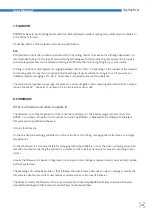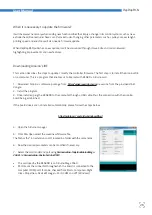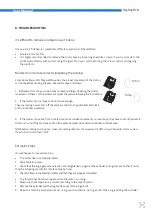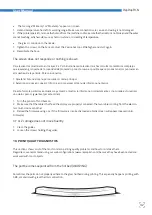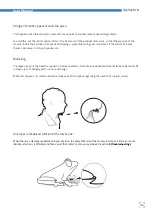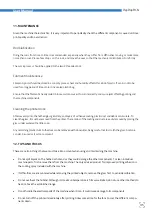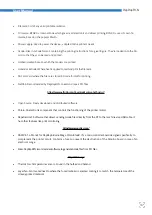
23
22
RepRapBCN
User Manual
Like other GCodes generators, Slic3r sections the 3D model in layers that will be later deposited to created the 3D
model. In every layer, a distinction is made between the perimeters and the filling of the part. Also, the operational
sequence, printing speed, number of perimeters, etc can be chosen. Since there are many parameters, some of them
difficult to understand, specific configurations have been prepared to ease up the process for the novice user.
Slic3r configuration
The following printing profiles have been prepared for the BCN3DR with a 0,4mm nozzle in mind, taking into account
the kind of object and later use.
These must be taken as a reference point and can be improved to go faster, achieve a better finish, etc.
ST: Standard configuration with a layer height of 0,2mm for most builds
HQ: High quality standard configuration with a layer height of 0,1mm
HS: Setting targeted at jobs needing a fast print without loosing much quality
SV: Special configuration for container-like pieces. There is no infill present and the object is manufactured helically
with a single surface, improving the surface finish.
WALL: Special setting for models with exotic geometries like the ones generated with the Voronoi algorithm (being
the designer Dizingof its best representative). There’s no filler present and the temperature and speed are lowered to
improve overhangs construction.
STR: Special setting for parts suffering from a significant mechanical stress. The filling is made in a honeycomb
fashion and the layer height is decreased to 0.15mm to improve adhesion between the layers.
Slic3r FIRST STEPS
We will now explore the key points needed to use Slic3R. To gain a deeper knowledge please visit the official website
of the Project and download the manual:
http://manual.slic3r.org/
Summary of Contents for BCN3DR
Page 1: ...R...




















